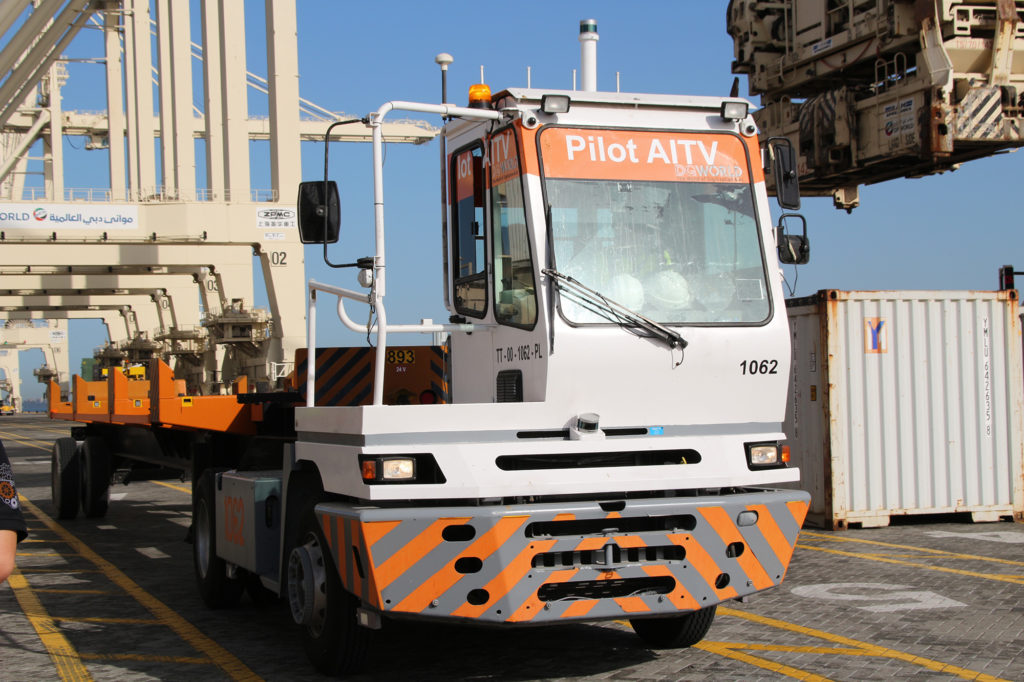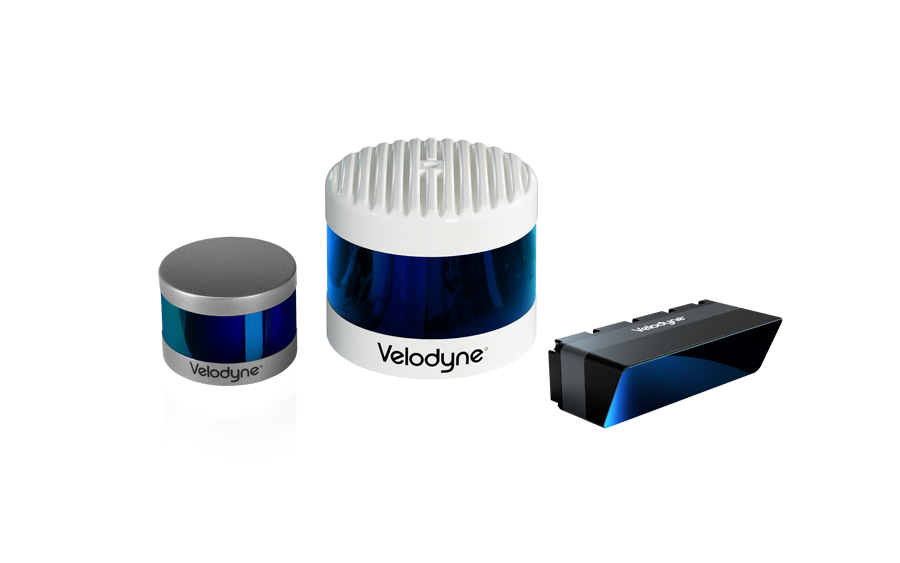Lidar-powered automation can improve efficiency and safety, while also reducing costs and risk in seaport, marine and intermodal terminal operations. Lidar sensors are becoming a valuable component to port equipment and vehicles, helping to enhance reliability and predictability. The port equipment market is expected to grow to USD 36.6 billion by 2025, up from USD 29.2 billion in 2018, according to ResearchAndMarkets.com.

Velodyne’s lidar sensors provide the range, 360-degree field of view and resolution that autonomous systems use to synchronize and optimize logistics movements within a port. They deliver precise and accurate real-time position data on people, objects and port infrastructure. Velodyne’s sensors are used in a variety of port terminal automation applications, including:
An excellent case example of how lidar is being deployed is the Jebel Ali Port in Dubai, United Arab Emirates. Jebel Ali Port, operated by DP World, UAE Region, connects eastern and western markets with North Africa, the Middle East, and South Asia. It is the largest seaport in the Middle East and ranks among the top 10 container ports of the world. DGWorld is using Velodyne Puck™ sensors to equip Jebel Ali Port with a fleet of Autonomous Internal Terminal Vehicles (AITVs). These vehicles use advanced artificial intelligence, automation and self-driving systems to help bring greater precision to port and terminal operations.
Their goal is to further increase the operational efficiency of the terminal and reduce the port’s overall size of the currently used AITV fleet. Velodyne Puck sensors will provide rich computer perception data to help determine the safest way to navigate and direct AITVs in the complex, busy seaport.
DGWorld solutions demonstrate how Velodyne intelligent lidar sensors are helping port and terminal operators deliver consistent service quality and achieve increased safety. DGWorld’s technology taps the full power of Velodyne’s rich computer perception data to help determine the safest way to navigate and direct port vehicles in complex, busy work environments.

Velodyne Lidar (Nasdaq: VLDR, VLDRW) ushered in a new era of autonomous technology with the invention of real-time surround view lidar sensors. Velodyne, a global leader in lidar, is known for its broad portfolio of breakthrough lidar technologies. Velodyne’s revolutionary sensor and software solutions provide flexibility, quality and performance to meet the needs of a wide range of industries, including robotics, industrial, intelligent infrastructure, autonomous vehicles and advanced driver assistance systems (ADAS). Through continuous innovation, Velodyne strives to transform lives and communities by advancing safer mobility for all.